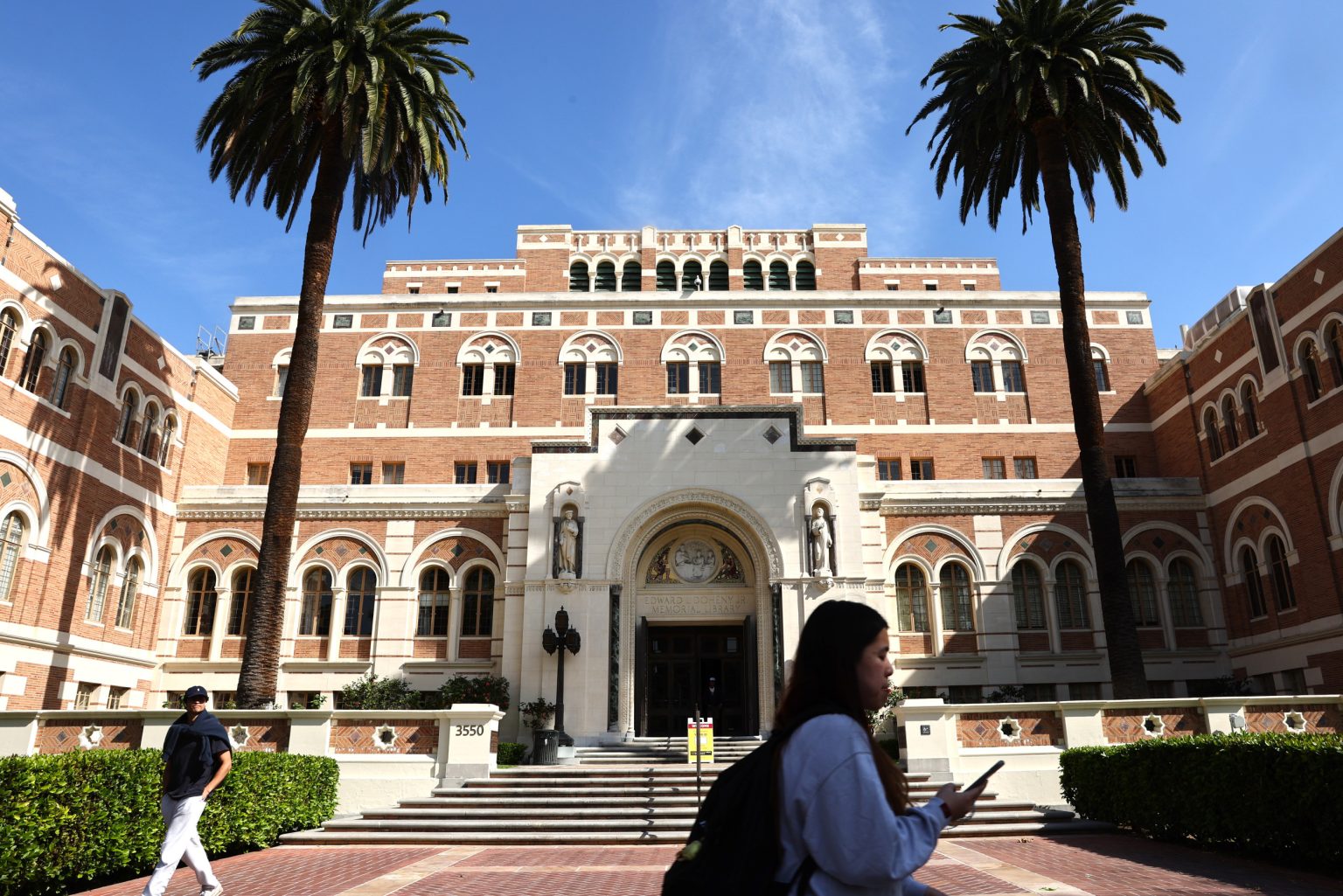High school seniors are taking a different approach compared to previous years when it comes to their post-graduation plans. The number of FAFSA applications submitted by the 2024 graduating class has decreased significantly in comparison to the previous year. This decline in applications is indicative of a growing sentiment in the United States concerning the cost and value of a college degree. Many high school graduates are questioning whether the investment in a traditional four-year degree is worth it, leading them to explore alternative paths to education and career development.
The average cost of college has steadily increased over the years, reaching $27,673 per year, more than double the amount from 2000. This rise in costs, coupled with concerns about underemployment among recent graduates, has contributed to the shift in attitudes towards higher education. President Joe Biden’s attempts to provide relief for student loan borrowers have faced challenges, including the rejection of a forgiveness plan by the U.S. Supreme Court. Despite these efforts, many students are still hesitant to pursue traditional college education due to rising costs and uncertain outcomes in the job market.
The introduction of a new version of the FAFSA application this year has also contributed to the decrease in applications. The new form aims to simplify the process and increase financial aid eligibility for low-income students, but implementation issues have made it difficult for students and parents to complete their applications on time. Technical glitches, delays in the opening of the application, and a reduction in the number of questions have all posed challenges for families trying to navigate the financial aid process. This may lead to more students turning to private loans, which lack the repayment options and forgiveness programs offered by federal loans, potentially exacerbating the burden of student debt.
There are concerns that the decline in FAFSA applications could have long-term consequences for college enrollment rates and workforce development in the United States. If the trend continues, fewer students may pursue higher education, leading to potential closures of small colleges and impacting economic mobility. It is important for students to prioritize submitting their federal aid applications to access financial support and avoid falling into the trap of relying on private loans with less favorable terms. Finding alternative, more affordable pathways to education and career success is becoming increasingly important for the new generation of high school graduates.
The changing attitudes towards higher education reflect a broader shift in societal values and priorities when it comes to preparing for the future. The rising costs of college, coupled with the challenges of navigating the job market, have led many young people to reconsider the traditional path of obtaining a four-year degree. As the landscape of education and work continues to evolve, it is crucial for students to explore a variety of options and seek out programs that align with their career goals and financial realities. By adapting to these changing trends and embracing innovative approaches to education, students can better position themselves for success in the modern workforce.


